Table of Contents
Introduction to Gochagaru
Gochagaru (also known as gochugaru) is a fundamental ingredient in Korean cuisine, made from sun-dried red chili peppers ground into a fine powder. This spice is essential for creating authentic Korean flavors, from kimchi and tteokbokki to bibimbap and stews. With its unique balance of heat, smokiness, and sweetness, gochagaru stands out from other chili powders. In this comprehensive guide, we'll explore what makes gochagaru special, how to use it effectively, and where to find the best quality product for your kitchen.
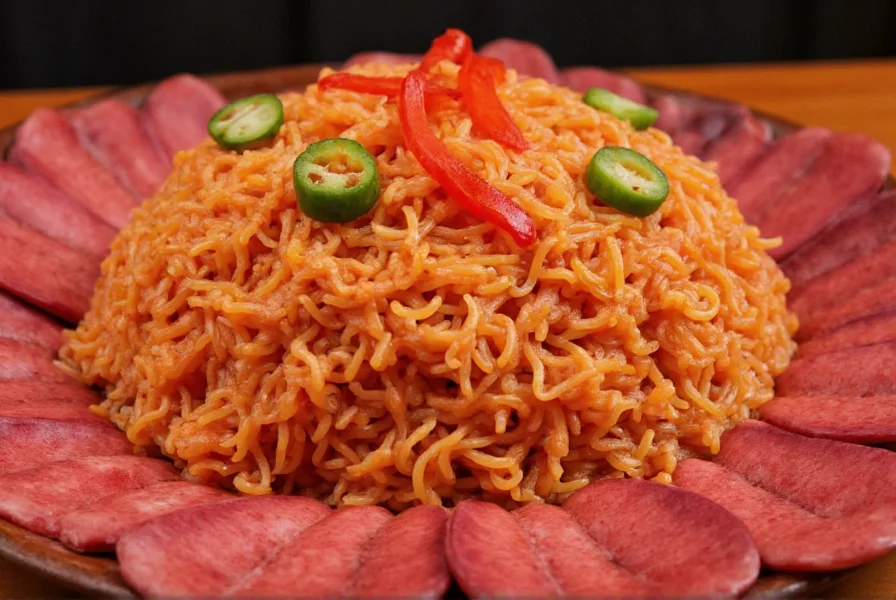
What is Gochagaru?
Gochagaru is a Korean red chili pepper powder made from specific varieties of Korean chili peppers, primarily Cheongyang and Daepyung peppers. Unlike regular chili powders, gochagaru has a distinctive flavor profile that combines moderate heat with sweet and smoky notes. It's not just about spiciness—this spice adds depth, color, and complexity to dishes while enhancing other flavors without overwhelming them.
The unique characteristics of gochagaru come from:
- Specific Korean Pepper Varieties: Korean chili peppers are cultivated for their balanced heat and flavor profile
- Sun-Drying Process: Traditional sun-drying preserves natural flavors and creates a unique aroma
- Grinding Technique: Fine grinding creates the characteristic texture that integrates seamlessly into dishes
With a Scoville rating of 4,000-8,000 SHU, gochagaru is milder than cayenne pepper but offers more complexity than standard paprika. This makes it versatile for both mild and spicy dishes.
Why Choose Gochagaru?
For authentic Korean cooking, nothing substitutes for genuine gochagaru. Here's why it deserves a place in your pantry:
- Authentic Korean Flavor: No other chili powder replicates the unique taste profile of Korean red pepper flakes
- Versatile Culinary Applications: Used in kimchi, stews, sauces, marinades, and even baked goods
- Nutritional Benefits: Rich in vitamin C, capsaicin (which supports metabolism), and antioxidants
- Color Enhancement: Provides vibrant red color without artificial additives
- Heat Balance: Offers controlled heat that complements rather than dominates other flavors
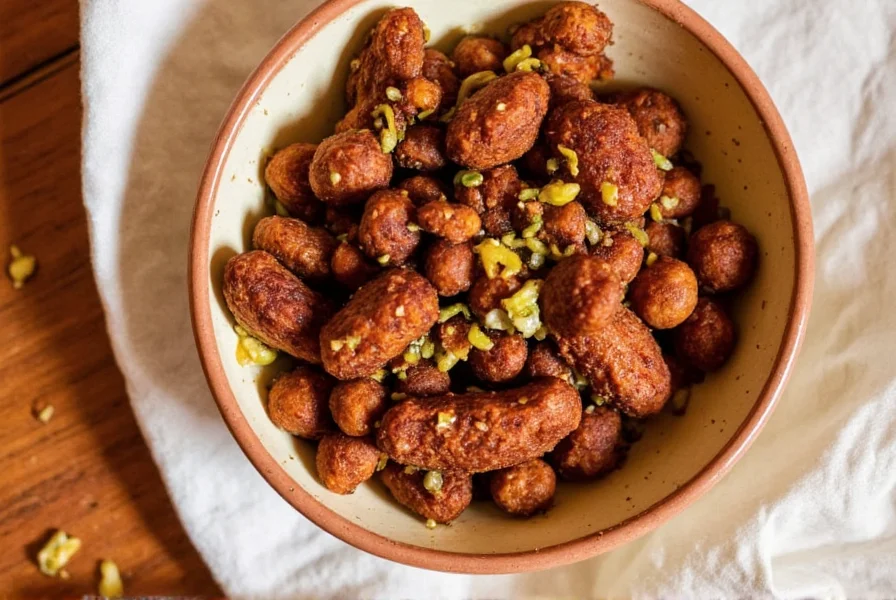
How to Use Gochagaru
Using gochagaru correctly can transform your cooking. Here are expert techniques:
1. Start with the Right Amount
Begin with 1-2 teaspoons per serving and adjust based on your heat preference. Remember that gochagaru's heat intensifies during cooking, so it's better to start with less.
2. Combine with Complementary Ingredients
Pair gochagaru with:
- Garlic and ginger for aromatic depth
- Soy sauce and sesame oil for savory balance
- Honey or sugar to balance heat with sweetness
- Vinegar for acidity that enhances spice
3. Make Homemade Pastes
For sauces and marinades, mix gochagaru with water, rice vinegar, or soy sauce to create a smooth paste. This helps distribute flavor evenly throughout dishes.
4. Proper Storage for Maximum Freshness
Store in an airtight container away from light and heat. Refrigeration extends shelf life up to 18 months while preserving flavor intensity.
Buying Guide for Gochagaru
Not all gochagaru is created equal. Follow these expert tips when shopping:
1. Check the Origin
Authentic Korean gochagaru comes from specific regions in South Korea. Look for products labeled "Made in Korea" or from reputable Korean brands.
2. Examine the Color and Texture
High-quality gochagaru should have:
- Bright, vibrant red color (not dull or brownish)
- Fine, even texture without clumps
- Consistent particle size
3. Verify Heat Level
Choose based on your needs:
- Mild: 4,000-6,000 SHU (best for beginners and delicate dishes)
- Medium: 6,000-8,000 SHU (standard for most Korean dishes)
- Hot: 8,000+ SHU (for those who prefer intense heat)
4. Packaging Matters
Look for:
- Airtight containers with resealable lids
- Opaque packaging to protect from light
- Clear expiration or "best by" dates
| Brand | Heat Level | Texture | Price Range |
|---|---|---|---|
| Samyang | Medium | Fine | $8–$12 |
| Sunchang | Hot | Fine | $10–$15 |
| Hahndong | Mild | Fine | $7–$10 |
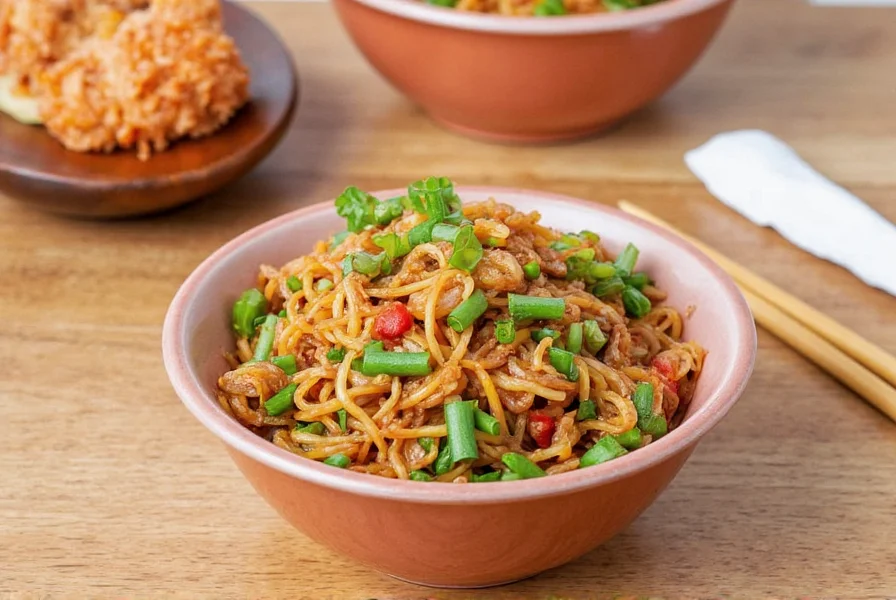
Spice Tips and Tricks
Maximize your gochagaru experience with these professional techniques:
- For Kimchi: Use 2-3 tablespoons per cabbage head for traditional flavor
- For Tteokbokki: Mix with gochujang for the perfect spicy-sweet balance
- For Marinades: Combine with soy sauce, garlic, and honey for Korean-style BBQ
- For Soups: Add at the end of cooking to preserve flavor intensity
- For Baked Goods: Use sparingly (1/4 teaspoon per cup of flour) for spicy chocolate or bread
Gochagaru is more than a spice—it's a cultural cornerstone of Korean cuisine that connects tradition with modern culinary innovation.
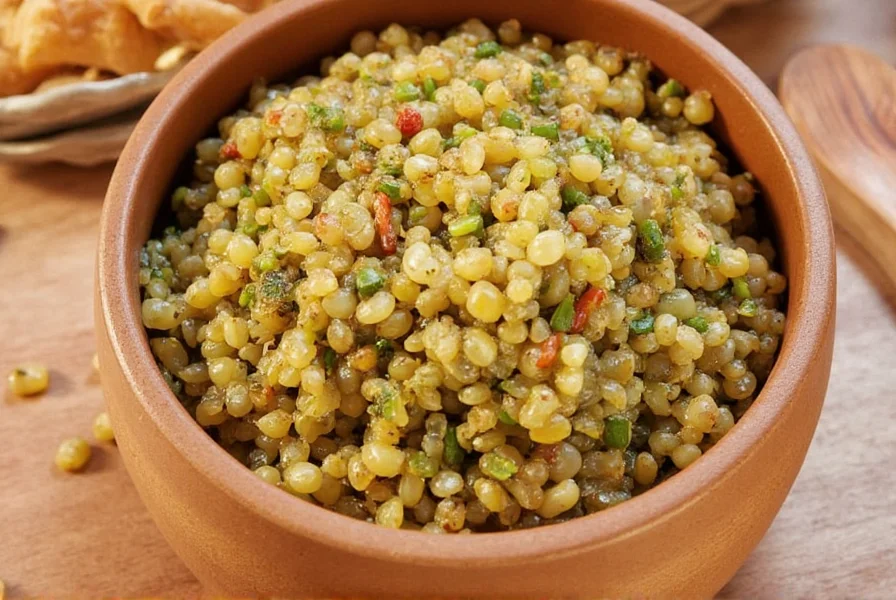
Frequently Asked Questions About Gochagaru
What is the difference between gochugaru and gochujang?
Gochugaru (red pepper powder) is a dried, ground chili pepper, while gochujang is a fermented chili paste made from gochugaru, glutinous rice, fermented soybeans, and sweeteners. Gochujang has a thicker consistency, complex fermented flavor, and longer shelf life. Gochugaru is used as a base ingredient for making gochujang and many other Korean dishes.
How spicy is gochagaru compared to other chili powders?
Gochagaru typically ranges from 4,000 to 8,000 Scoville Heat Units, making it milder than cayenne pepper (30,000-50,000 SHU) but spicier than paprika (500-1,000 SHU). Korean gochugaru is known for its balanced heat with sweet and smoky notes rather than overwhelming spiciness, making it versatile for various dishes.
Can I substitute paprika for gochagaru?
While smoked paprika can be used as a substitute in a pinch, it won't replicate the authentic Korean flavor profile. For authentic Korean dishes, proper gochugaru is essential as it contains unique flavor compounds from specific Korean chili peppers. If substituting, use a 1:1 ratio but expect different flavor characteristics.
How should I store gochagaru to keep it fresh?
Store gochagaru in an airtight container in a cool, dark place away from heat and moisture. Properly stored, it can maintain its flavor for 6-12 months. For extended freshness (up to 18 months), keep it in the refrigerator. Avoid frequent temperature changes as they can cause condensation and degrade quality.
Is gochagaru the same as Korean red pepper flakes?
Yes, gochagaru (also spelled gochugaru) is the Korean term for Korean red pepper flakes. The main difference from other red pepper flakes is that Korean gochugaru is made from specific varieties of Korean chili peppers that provide a unique balance of heat, sweetness, and smokiness not found in other chili varieties.
Can I make gochagaru at home?
Yes, you can make gochagaru at home by drying Korean chili peppers (usually Cheongyang or Daepyung peppers) and grinding them into powder. However, achieving the authentic flavor can be challenging outside Korea due to differences in pepper varieties and climate conditions. Most home cooks prefer to purchase authentic Korean gochagaru for best results.
What dishes commonly use gochagaru?
Gochagaru is essential in many Korean dishes including kimchi, tteokbokki (spicy rice cakes), bibimbap sauce, gochujang-based stews (like budae jjigae), and marinated meats. It's also used in some Korean soups, salads, and even modern fusion recipes. It's the foundation of Korean spicy cuisine.
Is gochagaru gluten-free?
Pure gochagaru is naturally gluten-free as it contains only dried and ground red chili peppers. However, always check the packaging for potential cross-contamination warnings if you have celiac disease or severe gluten sensitivity, as some brands may process their spices in facilities that handle wheat products.
Conclusion
Gochagaru is more than a spice—it's a cultural cornerstone of Korean cuisine that connects tradition with modern culinary innovation. Whether you're a home cook or professional chef, this versatile ingredient opens doors to authentic Korean flavors while offering health benefits and culinary versatility. With proper selection and usage, gochagaru can transform ordinary dishes into extraordinary culinary experiences.

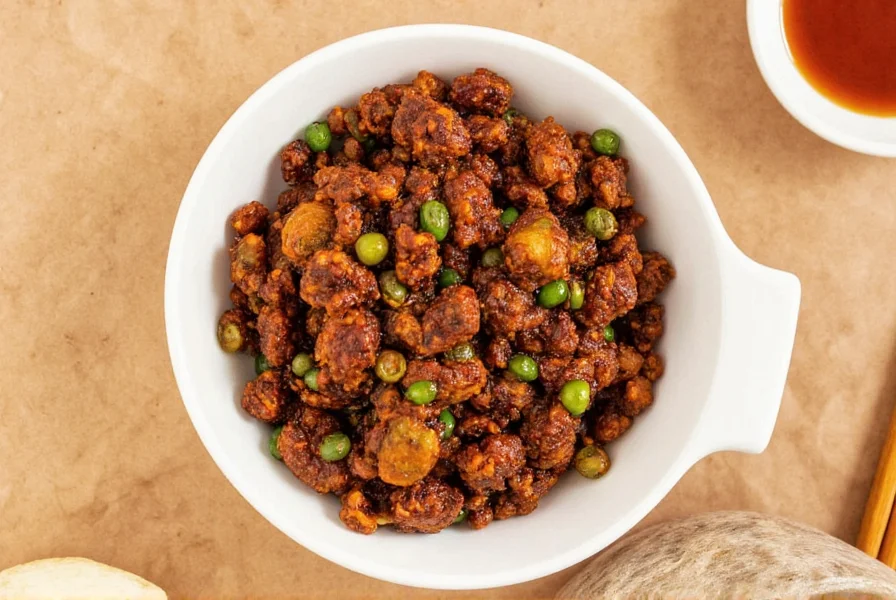









 浙公网安备
33010002000092号
浙公网安备
33010002000092号 浙B2-20120091-4
浙B2-20120091-4